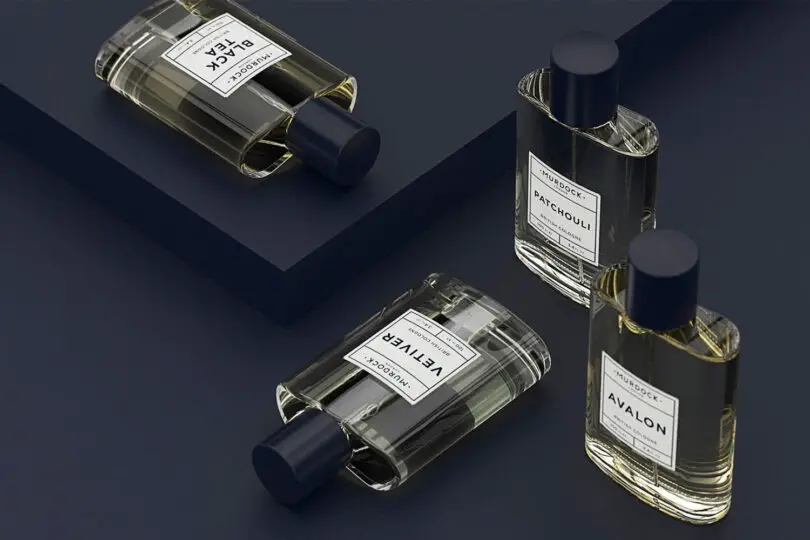Cologne, a timeless accessory in the grooming arsenal of men, extends beyond mere fragrance—it’s a subtle statement of personal style and elegance. However, the art of applying cologne is often shrouded in mystery and misinformation. Understanding where to apply cologne can amplify its effect, ensuring it complements rather than overpowers.
The Basics of Cologne Application
The primary goal of cologne is to enhance your natural scent in a delicate and appealing way. It should be a whisper, not a shout. This is achieved by applying cologne to areas of the body where it can blend with your natural oils, creating a unique and lasting fragrance.
Pulse Points: The Hotspots for Cologne
The concept of pulse points is crucial in the world of fragrance. These are areas where the blood vessels are close to the skin, generating warmth that helps emit and amplify your cologne. Common pulse points include:
-
Wrists: Easy to apply, the wrists are a go-to spot. However, avoid rubbing them together after application, as this can break down the cologne’s molecules and alter its scent.
-
Behind the Ears: A subtle yet effective area, applying cologne here can leave a gentle scent trail that is activated every time you move your head.
-
Base of the Throat: The heat from this area helps diffuse the cologne, making it a strategic spot, especially for close encounters.
-
Chest: Spraying cologne on your chest allows the scent to rise throughout the day, creating a subtle aura around you.
Cologne and Skin Types
Skin type plays a significant role in cologne application. Oily skin tends to retain fragrance longer than dry skin. If you have dry skin, consider applying a fragrance-free moisturizer before your cologne to help lock in the scent.
The Dos and Don’ts
- Do: Apply on clean skin, ideally after a shower, to help the scent cling better.
- Don’t: Drench yourself. Cologne should be discovered, not announced.
- Do: Reapply if needed, but sparingly.
- Don’t: Mix scents. Your deodorant, aftershave, and cologne should not compete for olfactory attention.
Seasons and Scents
Just like fashion, cologne varies with seasons. Lighter scents are perfect for spring and summer, while richer, woodier scents complement the colder months. Adjusting the application site based on the weather can also impact the fragrance’s performance.
Final Thoughts
Remember, cologne is an extension of your personality. It’s a form of non-verbal communication that can leave a lasting impression. By focusing on the right spots, you ensure your fragrance enhances your presence without overwhelming it. As with all things in style, the key lies in balance and personal expression.
Conclusion
In the grand dance of scent and skin, where you apply cologne is as important as the cologne itself. It’s an art—subtle, personal, and profoundly human. So the next time you reach for that bottle, think of it not just as a routine but as a ritual, a nuanced accent to the complex canvas that is you.








